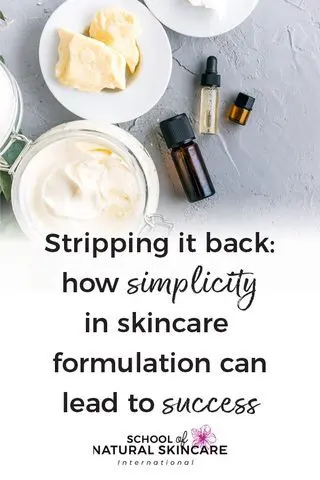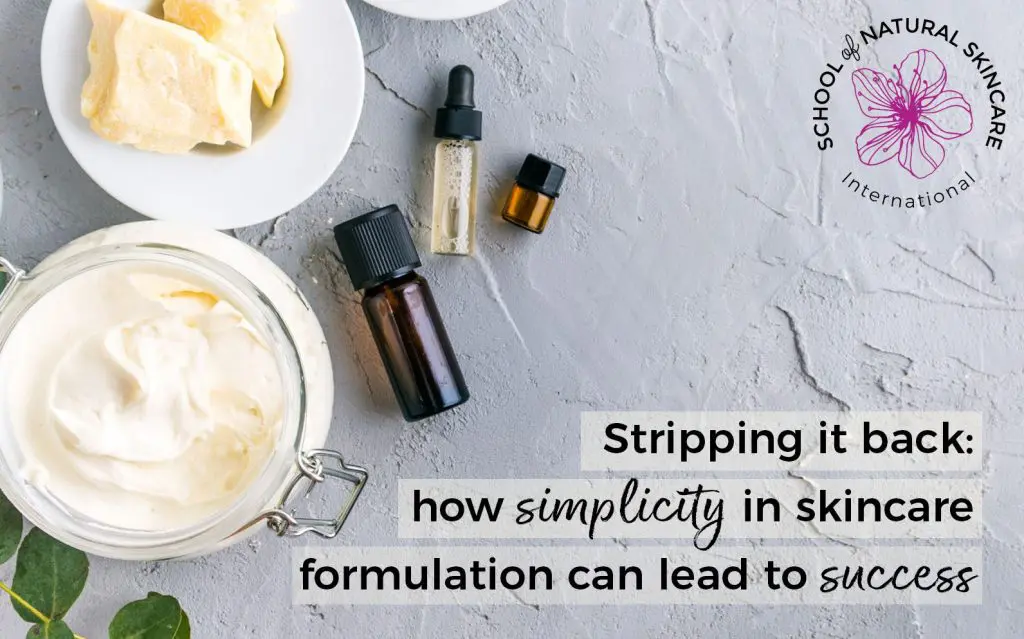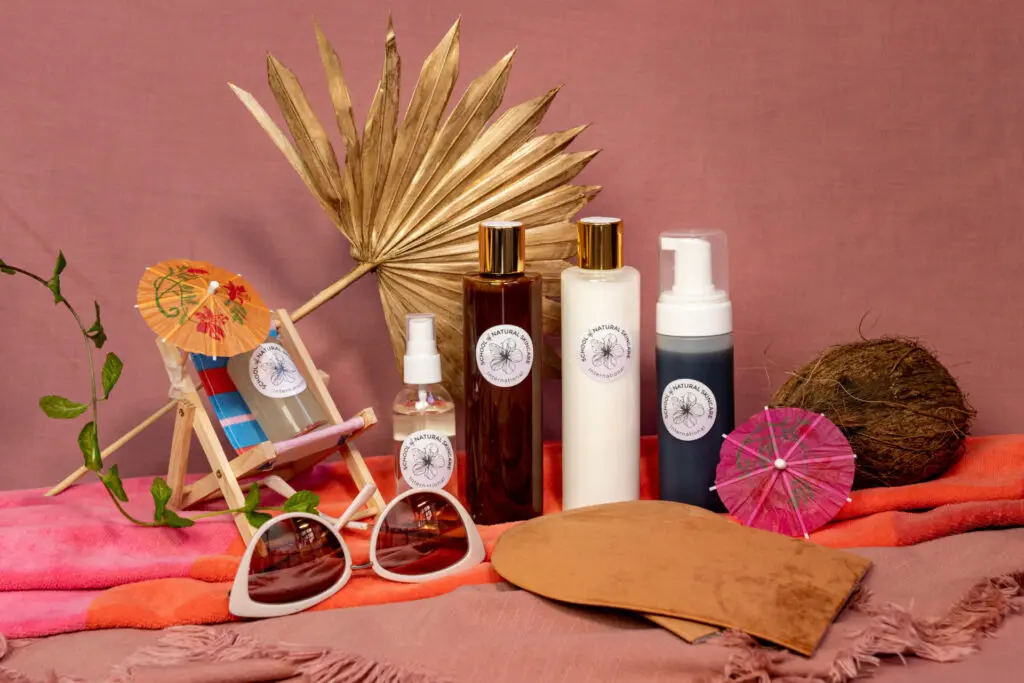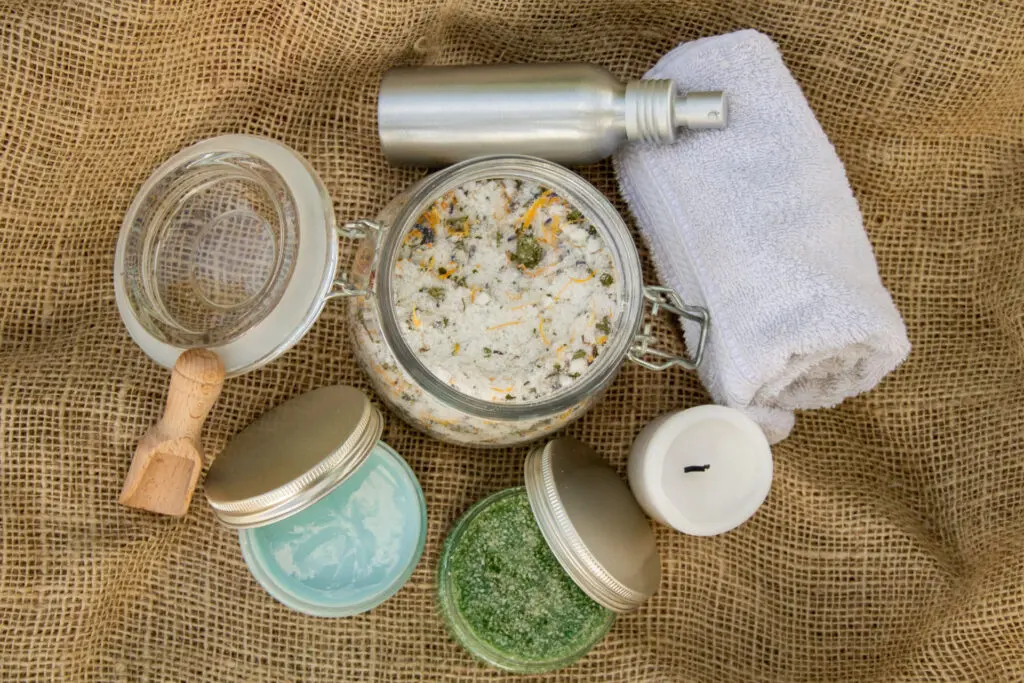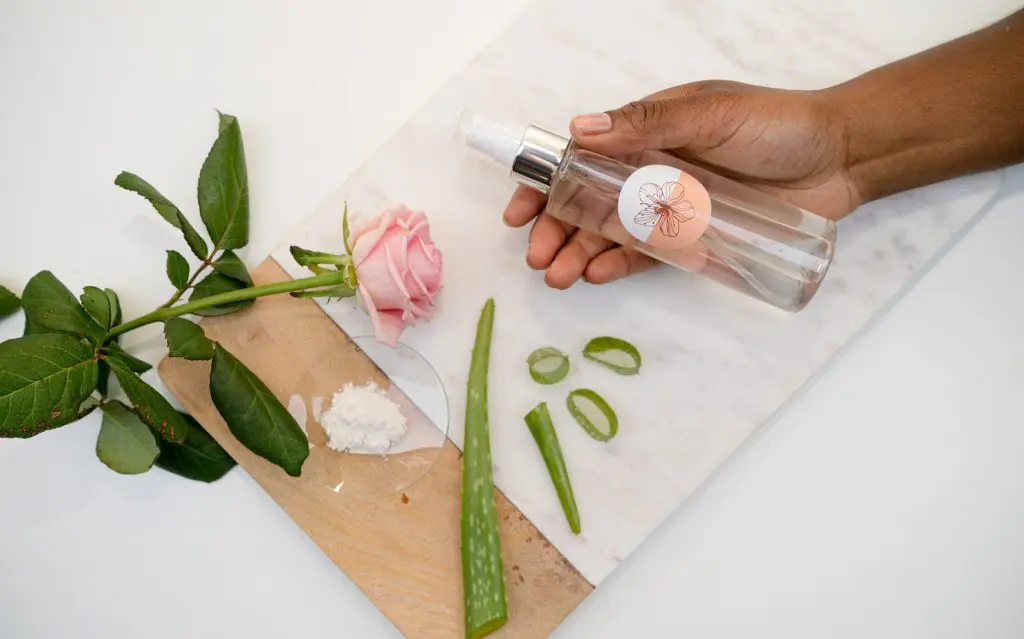Many people turn to natural and organic skincare because whatever they’re using just isn’t working for them. Maybe it’s not helping their oily skin, not moisturizing their dry skin, not helping with signs of aging, or maybe there’s a more pressing skin condition that has led them to search for more natural, more effective solutions.
For many, it’s also a question of matching their products to their ethics and values, but above all, we want our skincare to work! The amazing thing about learning to create your own skincare products is that it puts you in control of both the practical results, as well as those values that matter to you. Not only is it fun to make your own products, but when you know how you can deliberately select the right ingredients that suit your skin type and needs, it can feel rewarding and empowering.
However… as wonderful as it sounds to just dive into a vat of organic cocoa butter and emerge with a perfected skin cream, your very first time, it’s not always so simple. It takes knowledge and practice—and the wisdom to know when to use a certain ingredient, and when to leave it out.

Sometimes, More is Less and Less is More
We’ve seen it all too often, though… when people start to make their own products, they get carried away, buy all manner of exotic and elaborate-sounding ingredients which layer up their overly-elaborate creations. Instead of turning into a decadent skincare product that is so wonderful it solves every skincare issue at once, and transcends the boundaries of spacetime, it just is too much. Products like this one, however well-intentioned, will end up creating huge amounts of waste, be prohibitively expensive to make, and will be difficult to keep track of in terms of documentation—especially for beginners.
While there are definitely some cooking recipes where adding more ingredients brings a more robust and complex flavor, this isn’t the way to go with a skincare product. This philosophy works well in making homemade curry, but skincare isn’t curry! I remember seeing a formulation for an anhydrous body butter that had cocoa butter, shea butter, mango butter, kokum butter, coconut oil, rosehip oil, borage oil, evening primrose oil, argan oil, kiwi seed oil, sea buckthorn CO2, vitamin e, lavender, benzoin, orange, frankincense, and rosewood. Lots of lovely and wonderful sounding ingredients, but honestly speaking, a touch too elaborate, complex, and difficult to make.
Simple Skincare is Powerful
Why is this important?
Well, we believe that the art of formulating is perfected by being able to formulate something outstanding, safe, stable, and effective that is easy and financially sustainable to manufacture and produce, easy to package up, easy to explain, and simple to market. All of these factors are important, from start to finish!
Stripping it back doesn’t mean you have to have boring products that lack some sort of creative spark or genius. If anything, it’s more of a challenge to know your ingredients inside and out, and create an innovative, efficient solution with just a few deliberately selected ingredients. Stripping it back means creating something unique and wonderful and personalised it means intentionally selecting the specific ingredients that are tasked with treating certain skin types and skin conditions for a specific audience and target market.
Stripping it back means keeping it simple then finding a way to stamp it with your authenticity. And if you are able to make something truly amazing with just a few simple ingredients, you are on to a winner.
Simplicity is a Superpower
It truly is a skill, learning to formulate your own products from start to finish. It’s a skill, knowing which ingredients to select, how they work together, and how to get the most positive result with the most streamlined approach—not just for your skin or your customer’s skin, but for your manufacturing process!
Instead of doing what everyone else is doing, starting with too many ingredients and then struggling to strip it back, getting caught up in a cycle of trial and error that will probably drive you nuts, why not start out the right way?
Start by keeping it really simple. Select a few ingredients to begin with, try them out, make a few variations to see which ones you like best, then work on adding some additional ingredients. If you start with the core, essential ingredients, and really understand what function they serve and what benefits they offer to your finished product, then you can slowly incorporate those high-performing ingredients that make it truly unique.
As an example, if you’re making a cream, you need an emulsifier, a preservative, an antioxidant, and maybe a thickener or stabilizer—these are the functional ingredients.
On top of that, you’ll need some oils, and maybe a butter or some wax. Then, you’ll want to consider which essential oil or oils to add—and we have a lot to say about how to incorporate those! Check out our article on formulating with essential oils here.
Once you’ve got those bits sorted, you can start to play around with extracts such as glycerin, floral waters, Co2 extracts, tinctures, other fragrances or maybe some more specialist oils. But think simple. Check out our article on the 5 types of botanical extracts that will take your skincare products to the next level here
Simply the Best for Sensitive Skin
If you’re someone who has struggled with a skin condition or skin that seems to not want to behave itself, stripping things back to basics can be massively empowering! It might be that all of those ingredients or skincare products you’ve tried have been the source of some of your problems, not the solution. Strip it back, and think simpler, not more complex.
Start off with a few select ingredients, try them out to see if your skin reacts poorly, or responds well. If it seems happy, you can slowly incorporate more ingredients into your formulations to see what happens. If you notice any adverse reactions, you can more easily cut out the ingredient you think is causing you that problem.
What’s a reasonable amount of time to see a change or notice any adverse reaction? Well, an initial sensitivity to an ingredient can show up immediately or certainly within 24 hours. What about a positive reaction? It can take a few weeks to see the changes in your skin. But if there’s no adverse reaction, try something for a few days, and consider what your skin is like. Does it feel nice, or more greasy, or too tight? Observe, make notes, and adjust as needed.
Listen to your skin! It has a lot to tell you.
Be Simply Successful
To make truly amazing products, and save time and money with trial-and-error, you need to find the best and most accurate information. You need to learn about ingredient types, skin suitability, therapeutic properties and so on, and it also helps to understand what the skin is, how it works, what its functions are, the challenges of the skin, and the science of skincare formulation.
You shouldn’t have to find your way in the dark! Follow a methodical process and dig deep into templates that help you design your products on paper first before actually making them. Learn how to actually make the products you dream of! And wouldn’t it be nice to have someone to rely on, when questions or challenges arise? (Spoiler alert: It is!)
That’s why students come to study with us on our Diploma in Natural Skincare Formulation. You don’t have to make it up as you go, or go it alone. You can start learning today, and take your product creation to the next level with up-to-date information, hands-on training, a community to support you, and fellow students who have turned their goals into businesses. Why not come over and check it out today? It’s simply as easy as clicking here…
Free Guide
The Beginner's Guide to Formulating Natural Skincare Products (From scratch, like a professional!)
Start creating your own natural skincare products from scratch – rather than simply following recipes!
Learn how to formulate like a pro and discover our top tips for becoming a confident skincare formulator.
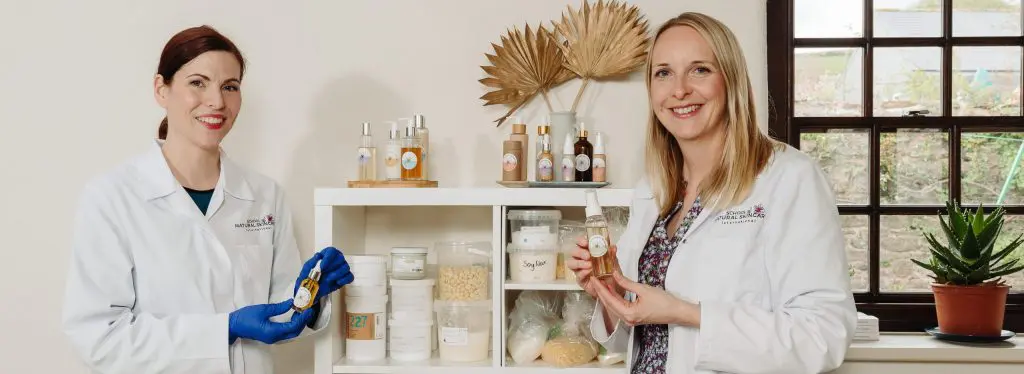
Exclusive for our newsletter subscribers. Sign up now.
We look after your data in accordance with our privacy policy.
Download this fabulous guide and you’ll learn:
- What formulating is and why you need to be doing it!
- The difference between following recipes and formulating your own products.
- Our step-by-step process to designing products people love.
- Four easy ways to personalize your skincare products.
- Choosing the right carrier oils for your beauty products.
- Plus, you’ll get our Safe Product Checklist: How to make sure the skincare products you make are safe and stable
Enjoyed reading this? Save this image below on Pinterest so you can be sure to remember!
